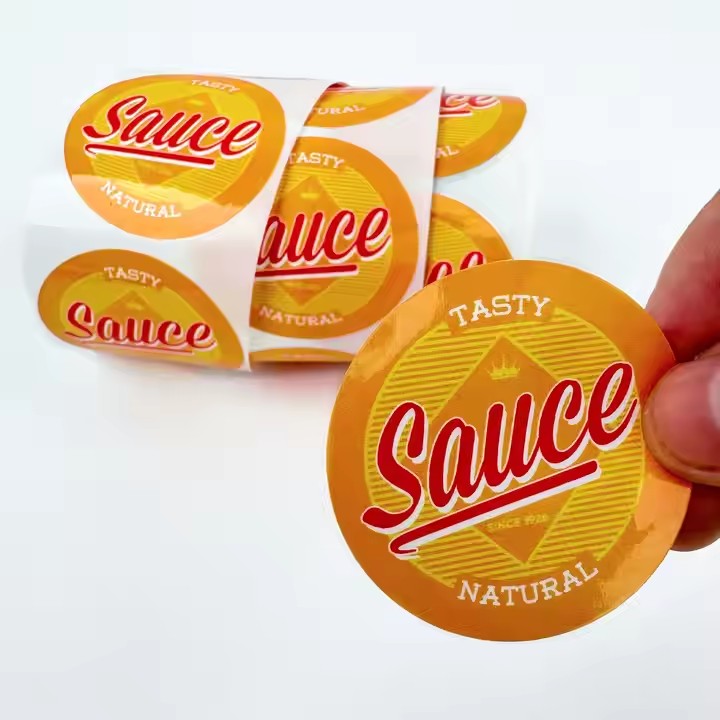Optimize the spice formula
Add fixatives: Add an appropriate amount of fixatives to the spice formula. Fixatives can reduce the volatility rate of spices, making the fragrance last longer. For example, in floral spice labels, animal fixatives such as ambergris and musk can be added, or plant-based or synthetic fixatives like coumarin and benzyl benzoate. Generally, the addition amount of fixatives is 5%-15% of the total amount of spices.
Blend spices: Blend spices with different volatility rates. Take the blend of fruity and floral scents as an example. Limonene in fruity scents volatilizes relatively quickly, and it can be paired with floral scents with slower volatility, such as rose oil, and then add a small amount of woody scents like sandalwood to stabilize the fragrance. By adjusting the proportions of different spices, the fragrance can maintain a certain intensity and coordination at different stages, extending the overall duration of the fragrance.
Improve the production process
Pre-adsorption treatment: Conduct pre-adsorption treatment on the label material before printing. Soak the label material in a solution containing spices, allowing the pore structure of the material to adsorb a certain amount of spices, and then dry it. In this way, when printing spices later, spices are distributed both inside and on the surface of the label, increasing the storage amount of spices and helping the fragrance to be released more durably.
Multilayer printing: Adopt the multilayer printing technology and print the spices onto the label multiple times. The spice layer printed each time is relatively thin, and after multiple overlays, a thicker and uniform spice layer is formed. This can enable the spices to penetrate better into the label material, and the spices in each layer interact with each other, slowing down the volatility rate. For example, first print a bottom layer containing fixatives, then print the spice layer, and finally print a protective coating. Through this layered structure, the durability of the fragrance is improved.

Curing treatment: After the printing is completed, carry out curing treatment on the spice label. Chemical curing or physical curing methods can be used. For example, use an ultraviolet curing device to irradiate the spices or coatings containing special functional groups, so that the spice molecules undergo cross-linking reactions with the label material or the coating, forming a stable structure, thereby reducing the volatility rate of the spices and enhancing the durability of the fragrance.
Quality inspection and control
Establish inspection standards: Formulate strict inspection standards for the fragrance durability of spice labels. Professional olfactory evaluation teams can evaluate the fragrance intensity and characteristics of labels under different storage times and conditions. At the same time, combined with instrumental analysis, such as gas chromatography-mass spectrometry (GC-MS), detect the content changes of spice components to accurately determine the durability of the fragrance.
Process monitoring: Conduct strict quality monitoring of each link during the production process. Regular inspections and adjustments should be carried out from the procurement of spices, the preparation of the formula, the control of printing process parameters to the post-treatment link. For example, regularly check whether the quality of spices meets the standards, whether the adhesion amount of spices during the printing process is stable, and whether the thickness and uniformity of the coating meet the standards, etc., and promptly discover and solve problems that may affect the durability of the fragrance.
Adopt new spice carrier technologies
Use spice slow-release carriers: Select carrier materials with slow-release functions to carry the spices. For example, porous silica nanoparticles have a large specific surface area and controllable pore diameters, and can adsorb the spices in their internal pores. When the label is exposed to the air, the spices are slowly released through the pores of the nanoparticles, thus achieving the lasting release of the fragrance. This kind of carrier can automatically adjust the release rate of the spices according to environmental conditions (such as temperature and humidity), and maintain a relatively stable fragrance intensity in different usage scenarios.
Develop smart spice labels: Utilize smart material technologies to develop smart spice labels that can respond to specific stimuli. For example, use thermosensitive polymers as the wrapping materials for spices. When the environmental temperature changes, the structure of the polymer will change, thereby controlling the release rate of the spices. At room temperature, the polymer maintains a compact structure, slowing down the volatility of the spices; when the temperature rises (such as when the human body touches the label), the structure of the polymer becomes loose, releasing more spices and providing a more intense fragrance experience.

Improve packaging and storage methods
Use barrier packaging materials: Select packaging materials with good barrier properties to package the spice labels, such as aluminum-plastic composite films and aluminized polyester films. These materials can effectively block the effects of oxygen, water vapor, and light on the spices, preventing the spices from being oxidized, hydrolyzed, or decomposed due to light exposure, thus extending the shelf life of the spices and the durability of the fragrance. At the same time, the packaging materials should have good sealing performance, and methods such as heat sealing or pressure sealing can be used to ensure the integrity of the packaging and reduce the interference of external factors on the fragrance of the spice labels.
Vacuum packaging or nitrogen filling packaging: For some spice labels with high fragrance requirements, vacuum packaging or nitrogen filling packaging methods can be adopted. Vacuum packaging can extract the air inside the packaging, reducing the oxygen content and inhibiting the oxidation reaction of the spices; nitrogen filling packaging is to fill nitrogen into the packaging to expel the air, creating an oxygen-free environment to protect the spices from oxidation. These two packaging methods can effectively extend the fragrance retention time of spice labels, especially suitable for some spices that are volatile and prone to oxidation.


